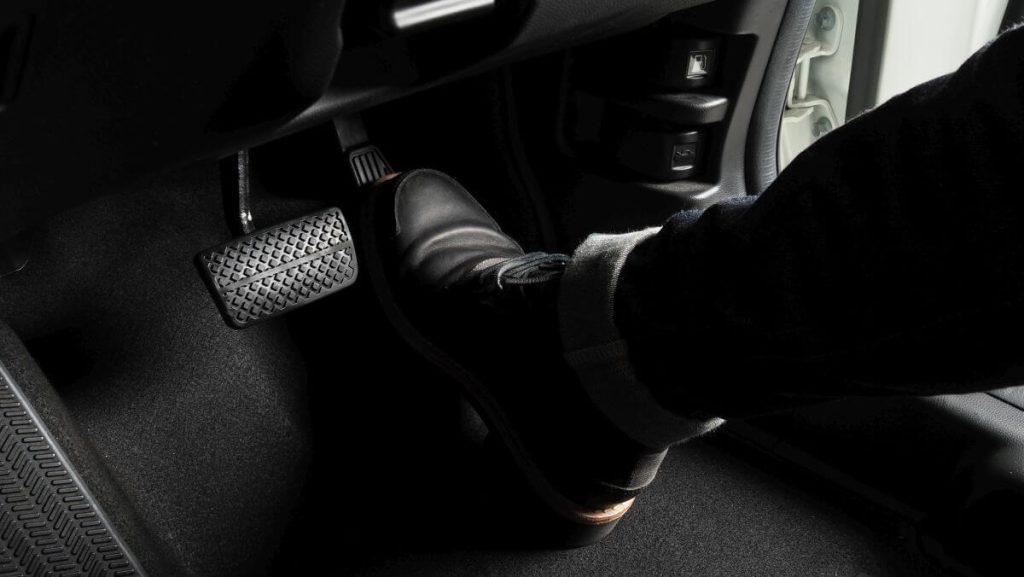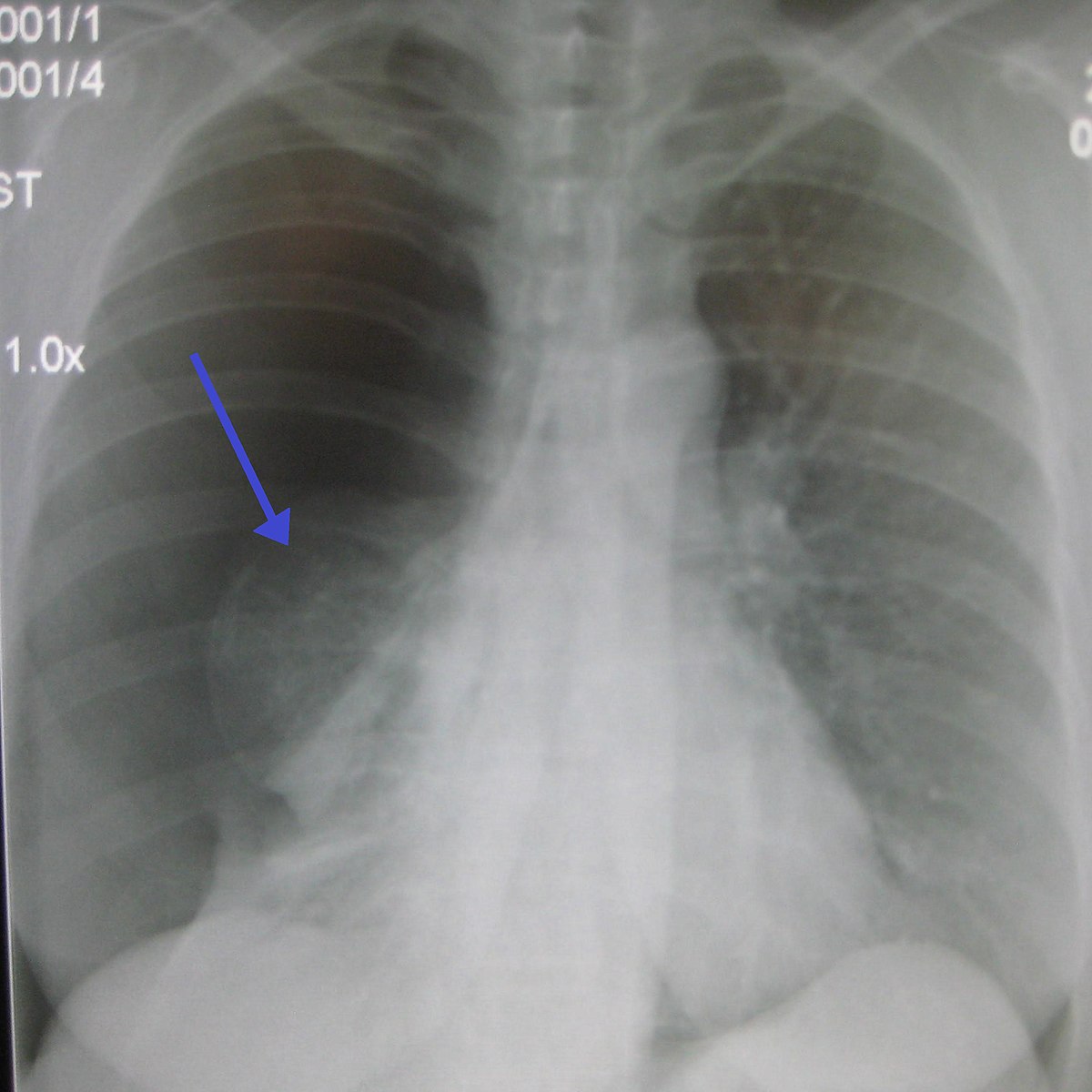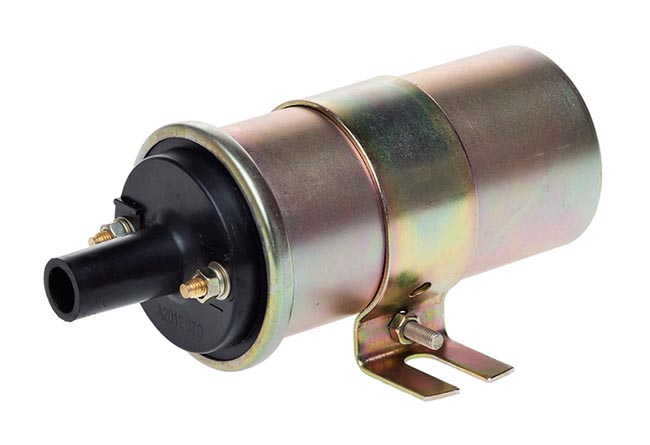
Hydrokinetic Couplings - Damage Symptoms and Coupling Regeneration
Content
The clutch is one of the most important parts of a car, although you won't always know how it works. Proper use of the transmission ensures efficient driving, i.e. correct vehicle speed, good handling and low fuel consumption. You do not need to know what torque converters are. Surely you know how the clutch works in a manual transmission, the pedal of which is under the left foot.
In cars with automatic transmission, things are different. There is no pedal. However, the car will also have them. However, this is not a friction clutch, as is the case with a gearbox, but a hydrokinetic clutch. Very often this element is called a torque converter or simply a converter. Opinions about him are divided.
Some people avoid automatics, believing that if the transmission in such a vehicle breaks down, then it will be very difficult to fix it. Basically though for an experienced mechanic, torque converter regeneration should not be a problem. Such repairs can be carried out at most auto repair shops and at any authorized service center.
The principle of operation of the torque converter and drive

The most important thing is that you know that torque converter clutches do not permanently connect the engine to the vehicle wheels. In this case, kinetic energy will be transferred through the fluid, thereby exploiting the inertia of the fluid. It is rotated by the pump blades. These are the parts of the engine that always work with it. Important in the design of such a clutch is the turbine. This is a kind of mirror image of the pump. Its task is to take on more torque created by the fluid flowing around the blades, which also affects clutch slippage. In the gearbox, the turbine is connected to the gearbox, so it is also connected to the wheels.
When starting the engine at idle, there will be little fluid movement in the torque converter, but enough to move the vehicle when the brake is released. Condition - transmission is enabled. The drive does not stop even if the fluid resists. However, it will not be large enough to stop the engine.
On the other hand, when you add gas and increase the rpm, the liquid starts to circulate very quickly through the converter. This, in turn, will cause more pressure on the turbine rotor blades. Then the car picks up speed. When it increases to a certain level, the transmission automatically shifts to a higher gear. Naturally, in addition to the principle of operation of this element, it is worth knowing what symptoms the torque converter will signal when it breaks.
Symptoms of Torque Converter Damage and Regeneration

According to the manufacturers, the symptoms of damage to the torque converter should not actually appear. They argue that under ideal conditions, the torque converter simply does not have the right to wear out. Why? Because there is no disc with friction linings. They are present in a manual transmission and wear out as a result of normal use.
As for the torque converter, all the energy will be transferred through the fluid. Theoretically, this should not cause damage to internal parts. Unfortunately, you may have already figured out that ideal conditions do not really exist. Occasionally, when the torque converter is in service, regeneration may be required.
So many drivers will simply ignore the need to change the oil in the automatic transmission. As a result, it will be heavily polluted. Such impurities are, for example, lining particles from clutch discs. This can cause the car to move slower and slower and you have to add more gas to get it moving. Eventually, he may even stop moving. Remember that this is such a complex element that only an experienced mechanic will know how the torque converter should work properly and how to check for a possible malfunction.
Advantages and disadvantages of a torque converter

If you briefly analyze the characteristics of this mechanism and find out how the torque converter works, you can be convinced of the practicality of such a solution. Remember that in addition to advantages, there are also disadvantages. On a positive note, the clutch requires no maintenance, so you'll always pull away smoothly. While driving, the car does not twitch, and the engine does not stall when stopped. Such a clutch does not wear out like a friction clutch.
The disadvantage, however, is the release of a large amount of heat and significant power losses. In addition, such a mechanism has a large mass and large dimensions. We have to reckon with the fact that in the presence of a major malfunction, the purchase of a new torque converter will be expensive. When deciding which type of clutch to choose, be guided by the trusted opinions of other drivers and trusted mechanics.

